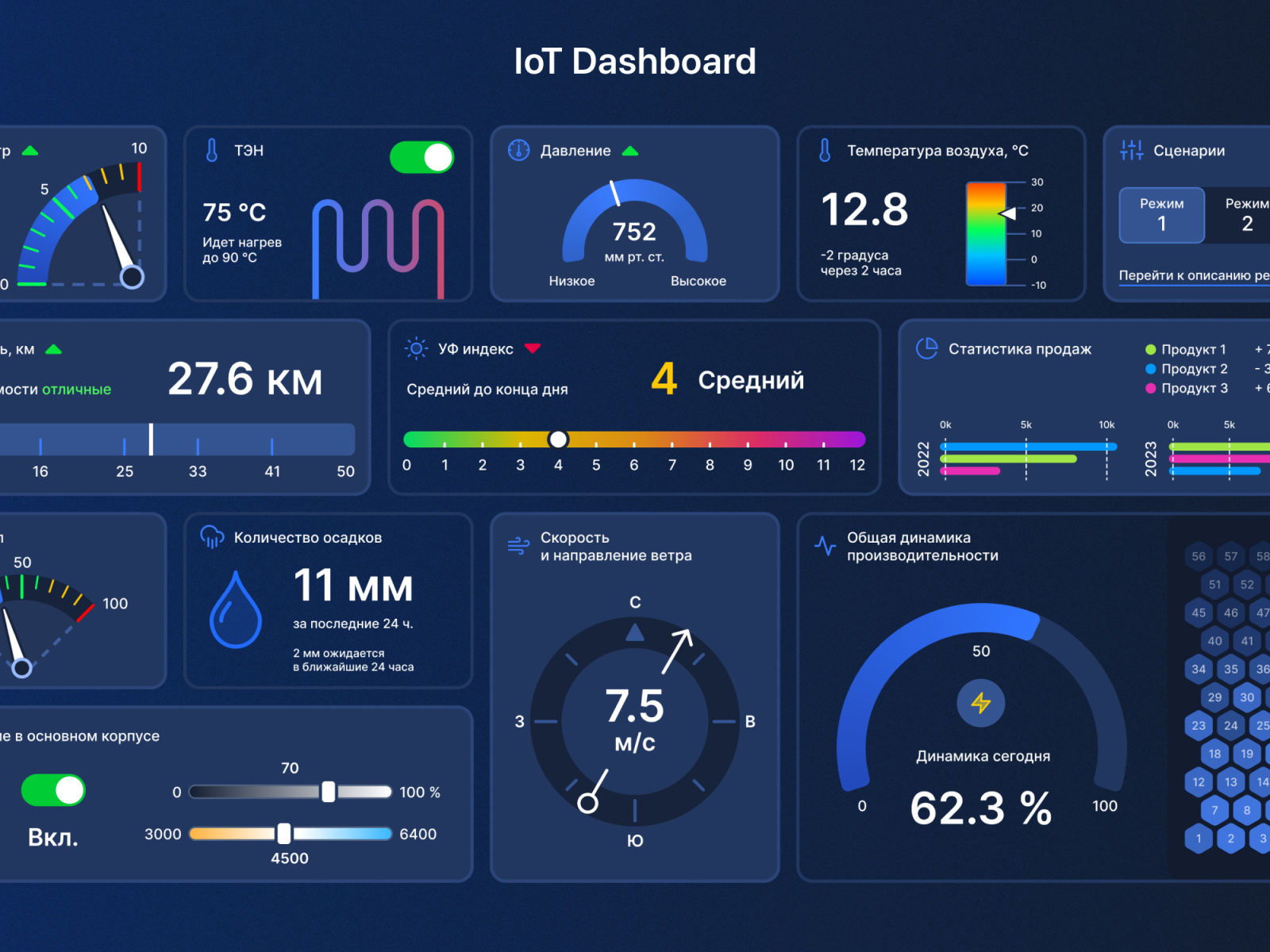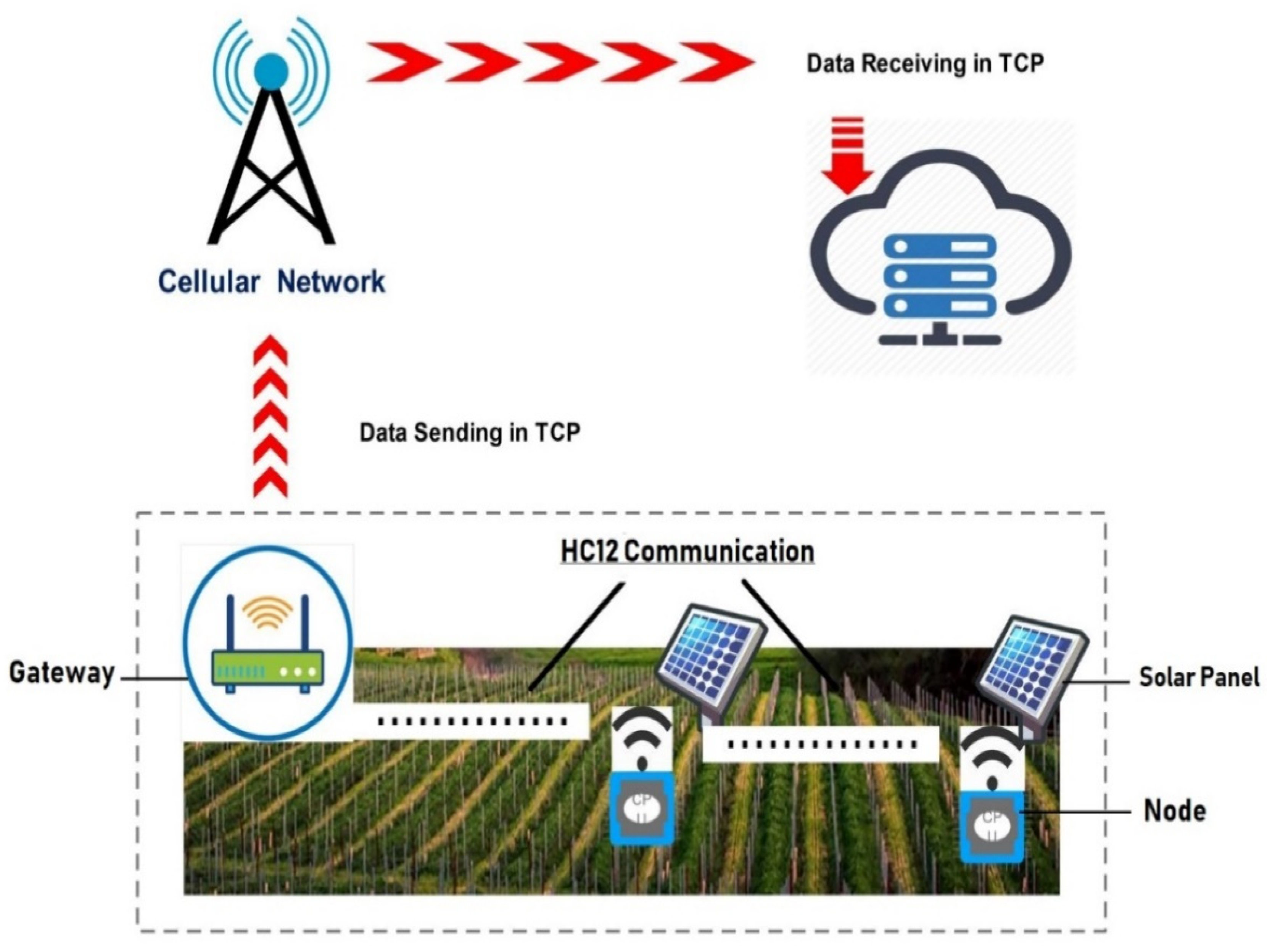Whether you're overseeing a smart home, a network of industrial sensors, or a fleet of connected devices, having the best remote IoT control solutions can make all the difference. With the right tools, you can monitor, manage, and optimize your IoT ecosystem from anywhere in the world, ensuring efficiency, security, and reliability. The demand for seamless remote IoT control is growing, and understanding its intricacies is key to staying ahead in this tech-driven era.
Remote IoT control empowers users to take full advantage of the Internet of Things by enabling real-time data access and device management. From adjusting thermostat settings in your smart home to monitoring critical parameters in an industrial setup, the possibilities are endless. However, not all remote IoT control systems are created equal. Choosing the best solution requires a deep understanding of your specific needs, the features offered, and the level of security provided. This article dives into the essentials of remote IoT control and highlights the top solutions available today.
As IoT ecosystems expand, the need for reliable, secure, and user-friendly remote control systems becomes paramount. With countless devices connected to the internet, ensuring smooth communication and management is crucial. This guide explores the best remote IoT control options, helping you make informed decisions that align with your goals. Whether you're a tech enthusiast or a business owner, this article will equip you with the knowledge to harness the full potential of IoT technology.
Read also:Who Is Jerrie Johnson Discover The Inspiring Story Of A Rising Star
Table of Contents
- What Makes the Best Remote IoT Control?
- How Can You Choose the Right Remote IoT Control?
- Why Is Security Important in Remote IoT Control?
- What Are the Top Features of Best Remote IoT Control?
- How Does Remote IoT Control Benefit Smart Homes?
- Best Remote IoT Control for Industrial Use
- What Are the Common Challenges in Remote IoT Control?
- How to Troubleshoot Issues in Remote IoT Control?
- Why Is Cloud Integration Crucial for Remote IoT Control?
- Future of Best Remote IoT Control
What Makes the Best Remote IoT Control?
The best remote IoT control systems stand out due to their ability to seamlessly integrate with a wide range of devices while providing robust performance. Key factors include ease of use, scalability, and compatibility with existing IoT ecosystems. A top-tier remote IoT control solution should allow users to manage devices effortlessly, whether they're controlling a single smart bulb or an entire network of industrial sensors.
One of the standout features of the best remote IoT control systems is their ability to offer real-time monitoring and analytics. This ensures that users can track device performance, identify potential issues, and optimize operations on the go. Additionally, these systems often come with mobile apps, web dashboards, and voice assistant integrations, making remote management more accessible than ever.
Another critical aspect is customization. The best remote IoT control solutions allow users to tailor settings to their specific needs. Whether it's automating tasks, setting up alerts, or creating custom workflows, flexibility is a hallmark of top-performing systems. This adaptability ensures that users can achieve the best possible outcomes with their IoT devices.
How Can You Choose the Right Remote IoT Control?
Selecting the best remote IoT control solution can be overwhelming, given the variety of options available. However, focusing on a few key criteria can simplify the process. First, consider the types of devices you need to manage. Some systems are designed for smart homes, while others cater to industrial applications. Ensure the solution you choose is compatible with your devices.
Next, evaluate the platform's user interface. A clean, intuitive design can make a significant difference in how efficiently you can manage your IoT ecosystem. Look for platforms that offer mobile apps and web dashboards with easy navigation and clear visuals. Additionally, check for integrations with popular third-party services, such as voice assistants or cloud storage providers.
Finally, prioritize security. Remote IoT control systems must protect your data and devices from cyber threats. Look for solutions that offer end-to-end encryption, two-factor authentication, and regular security updates. By focusing on these factors, you can choose a system that meets your needs and ensures peace of mind.
Read also:Discovering Anastasiya Kvitko The Rising Star Taking Social Media By Storm
Why Is Security Important in Remote IoT Control?
Security is a cornerstone of any effective remote IoT control system. With IoT devices collecting and transmitting sensitive data, ensuring robust protection is essential. A breach in security can lead to unauthorized access, data theft, and even physical damage to connected devices. This is why the best remote IoT control solutions prioritize security features.
Encryption is one of the primary tools used to safeguard data. By encrypting data both in transit and at rest, remote IoT control systems can prevent unauthorized parties from intercepting or accessing sensitive information. Additionally, two-factor authentication adds an extra layer of protection, ensuring that only authorized users can access the system.
Regular software updates are another critical aspect of security. These updates patch vulnerabilities and enhance system performance, keeping your IoT ecosystem safe from emerging threats. By choosing a remote IoT control solution with strong security measures, you can protect your devices and data while enjoying the benefits of seamless connectivity.
What Are the Top Features of Best Remote IoT Control?
The best remote IoT control systems come equipped with a range of features designed to enhance usability and performance. One of the most important features is real-time monitoring. This allows users to track device status, receive alerts, and make adjustments as needed, all from a single platform.
Automation is another standout feature. With the best remote IoT control, users can set up schedules, triggers, and workflows to streamline operations. For example, you can program your smart thermostat to adjust the temperature based on the time of day or create a workflow that turns off all lights when you leave the house.
Cloud integration is also a key feature of top-performing systems. By leveraging cloud technology, users can access their IoT devices from anywhere in the world, ensuring maximum flexibility. Additionally, cloud storage allows for seamless data backup and analysis, helping users make informed decisions about their IoT ecosystems.
How Does Remote IoT Control Benefit Smart Homes?
Remote IoT control has revolutionized the way we interact with our homes. With the best remote IoT control solutions, homeowners can manage their smart devices with ease, enhancing convenience and energy efficiency. For example, you can remotely adjust your thermostat, lock your doors, or turn off appliances, all from your smartphone.
Energy savings are another significant benefit. By remotely controlling devices like smart thermostats and lighting systems, homeowners can reduce energy consumption and lower utility bills. Additionally, remote IoT control allows for enhanced security. You can monitor security cameras, receive alerts, and even control smart locks to ensure your home is safe at all times.
Finally, remote IoT control adds a layer of personalization to smart homes. By setting up custom workflows and automation, homeowners can tailor their IoT ecosystems to their specific needs and preferences. This level of customization ensures that your smart home truly works for you.
Best Remote IoT Control for Industrial Use
In industrial settings, the best remote IoT control solutions play a crucial role in optimizing operations and improving efficiency. These systems allow businesses to monitor and manage equipment, track performance metrics, and identify potential issues in real time. This proactive approach helps prevent downtime and ensures smooth operations.
One of the key benefits of remote IoT control in industrial environments is predictive maintenance. By analyzing data from connected sensors, businesses can anticipate equipment failures and schedule maintenance before problems arise. This not only extends the lifespan of machinery but also reduces repair costs and downtime.
Additionally, remote IoT control enhances safety in industrial settings. By monitoring environmental conditions, equipment status, and worker activity, businesses can identify and mitigate risks more effectively. This ensures a safer workplace while maximizing productivity and efficiency.
What Are the Common Challenges in Remote IoT Control?
While remote IoT control offers numerous benefits, it also comes with its own set of challenges. One of the most common issues is device compatibility. With so many IoT devices on the market, ensuring seamless integration can be difficult. This is why it's essential to choose a remote IoT control solution that supports a wide range of devices and protocols.
Another challenge is network reliability. Remote IoT control relies on stable internet connections to function effectively. If the network goes down, users may lose access to their devices, leading to potential disruptions. To mitigate this risk, businesses and individuals should invest in robust network infrastructure and backup solutions.
Finally, data privacy is a growing concern in the IoT space. With devices collecting vast amounts of data, ensuring that this information is protected is crucial. The best remote IoT control systems address this challenge by offering advanced security features, such as encryption and access controls.
How to Troubleshoot Issues in Remote IoT Control?
When issues arise with remote IoT control systems, quick troubleshooting is essential to minimize disruptions. One of the first steps is to check the network connection. A weak or unstable internet connection can prevent devices from communicating effectively, so ensuring a strong signal is key.
Next, verify that all devices are properly connected and configured. Sometimes, a simple reset or reconfiguration can resolve connectivity issues. Additionally, check for software updates. Many remote IoT control systems release updates to fix bugs and improve performance, so keeping your system up to date is crucial.
If the issue persists, consult the system's support resources. Many providers offer troubleshooting guides, FAQs, and customer support to help users resolve problems. By following these steps, you can quickly address issues and get your IoT ecosystem back on track.
Why Is Cloud Integration Crucial for Remote IoT Control?
Cloud integration is a game-changer for remote IoT control, offering unparalleled flexibility and scalability. By leveraging cloud technology, users can access their IoT devices from anywhere in the world, ensuring seamless management and monitoring. This is especially beneficial for businesses with multiple locations or remote teams.
Another advantage of cloud integration is data storage and analysis. With the best remote IoT control solutions, users can store vast amounts of data in the cloud and use advanced analytics tools to gain insights. This helps businesses make data-driven decisions and optimize their operations for maximum efficiency.
Finally, cloud integration enhances collaboration. By centralizing data and device management in the cloud, teams can work together more effectively, regardless of their physical location. This ensures that everyone has access to the information they need to succeed.
Future of Best Remote IoT Control
The future of remote IoT control is bright, with advancements in technology promising even greater capabilities. One emerging trend is the integration of artificial intelligence and machine learning. These technologies can enhance automation, predictive maintenance, and data analysis, making remote IoT control more intelligent and efficient.
Another exciting development is the rise of 5G networks. With faster and more reliable connectivity, 5G will enable real-time communication and management of IoT devices on an unprecedented scale. This will open up new possibilities for industries such as healthcare, transportation, and agriculture.
As the demand for remote IoT control continues to grow, businesses and individuals must stay informed about the latest trends and innovations. By embracing these advancements, you can unlock the full potential of IoT technology and achieve the best possible outcomes for your connected devices.

